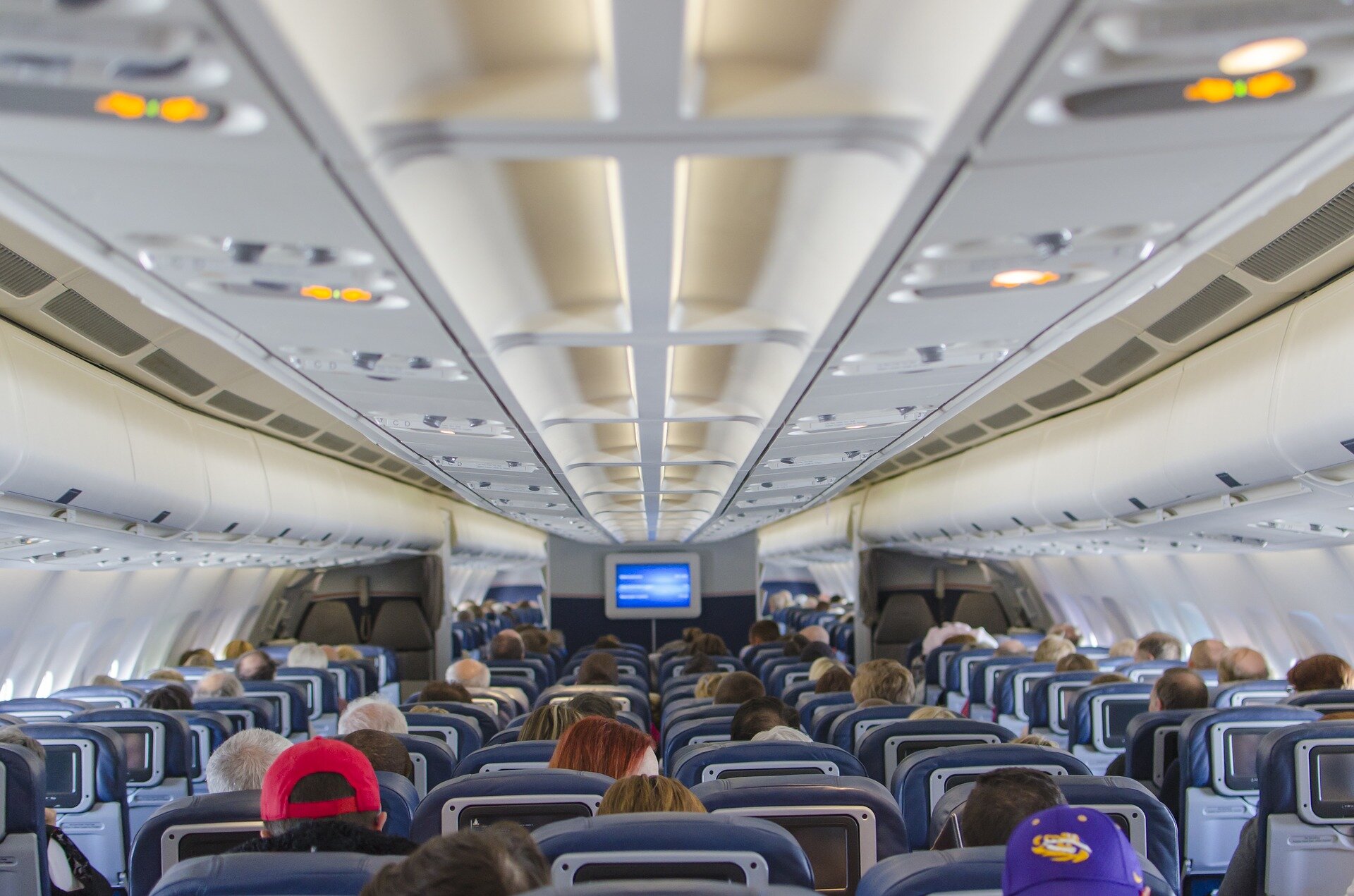While peanut allergens can be detected at very low levels in the air when shelling nuts, the dust settles quickly and can only be detected in very close proximity to the nuts, implying that very little dust circulates in the air.
What’s more, aircraft cabin ventilation systems are designed to circulate air across the aircraft, rather than along the cabin, so minimizing the potential for spreading passenger-generated contaminants through the cabin, explain the authors.
Air is completely exchanged every three to four minutes during a flight. This compares with every 10 minutes for hospitals and classrooms. In modern large commercial aircraft, around half of the air intake is recirculated air that has passed through particulate air filters which effectively remove dust, vapors, microbes, and capture aerosolized food particles at the same time. The other half comes from outside.



Doesn’t plane ventilation use HEPPA filters? I thought I remember hearing about that durring covid.
That’s true. That means the circulated air coming from that filter is clean. The problem is there is no air barrier between that air once it’s in the cabin, and any of the passengers, the cargo space, or behind any of the interior panels where dust builds up very fast. Peanut allergies are one of the most prevalent allergies, and can be some of the most severe, where even breathing in air contaminated with peanut oil can cause an anaphylactic reaction. People often forget that this dust gets deposited behind the panels the passengers and crew interact with and it accumulates to what I would consider to be significant levels (6-8" layers).